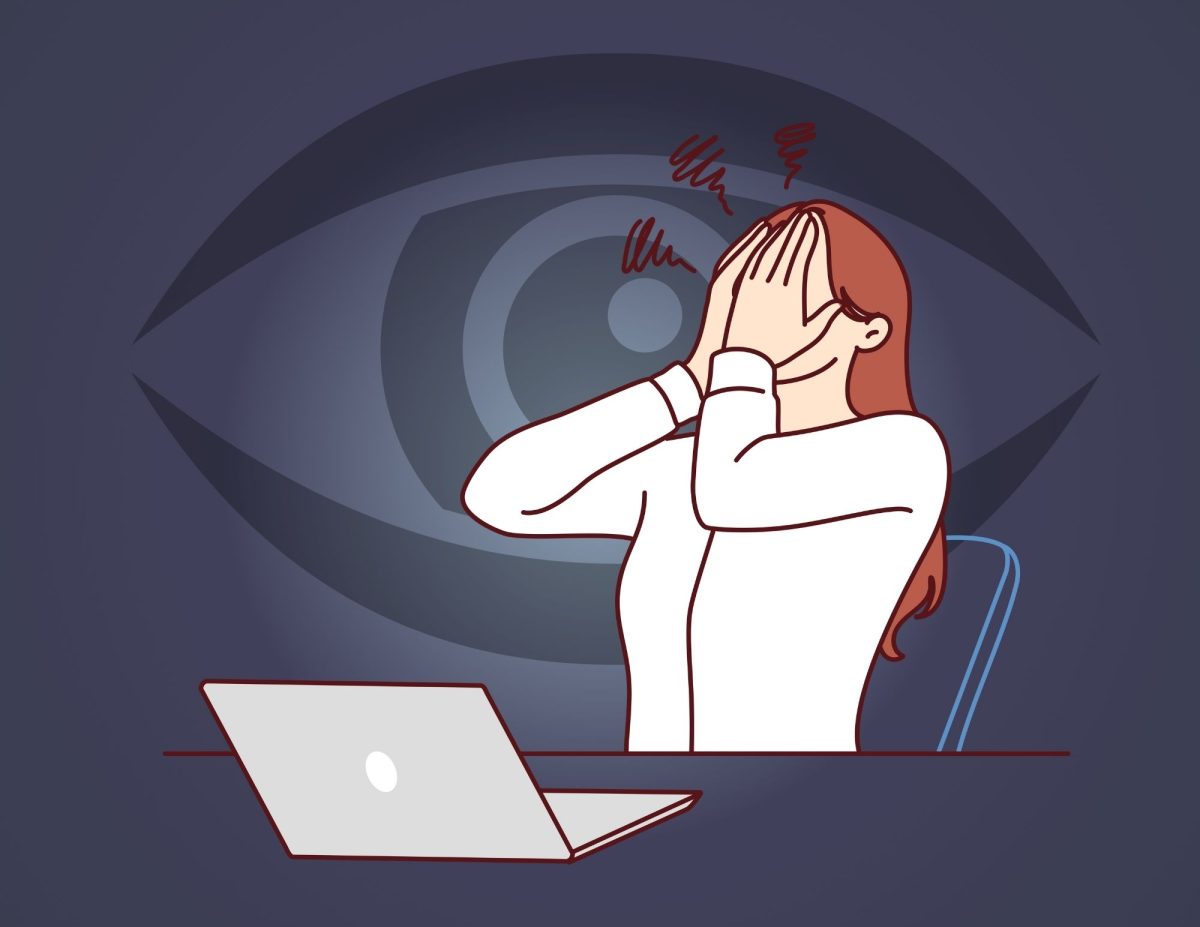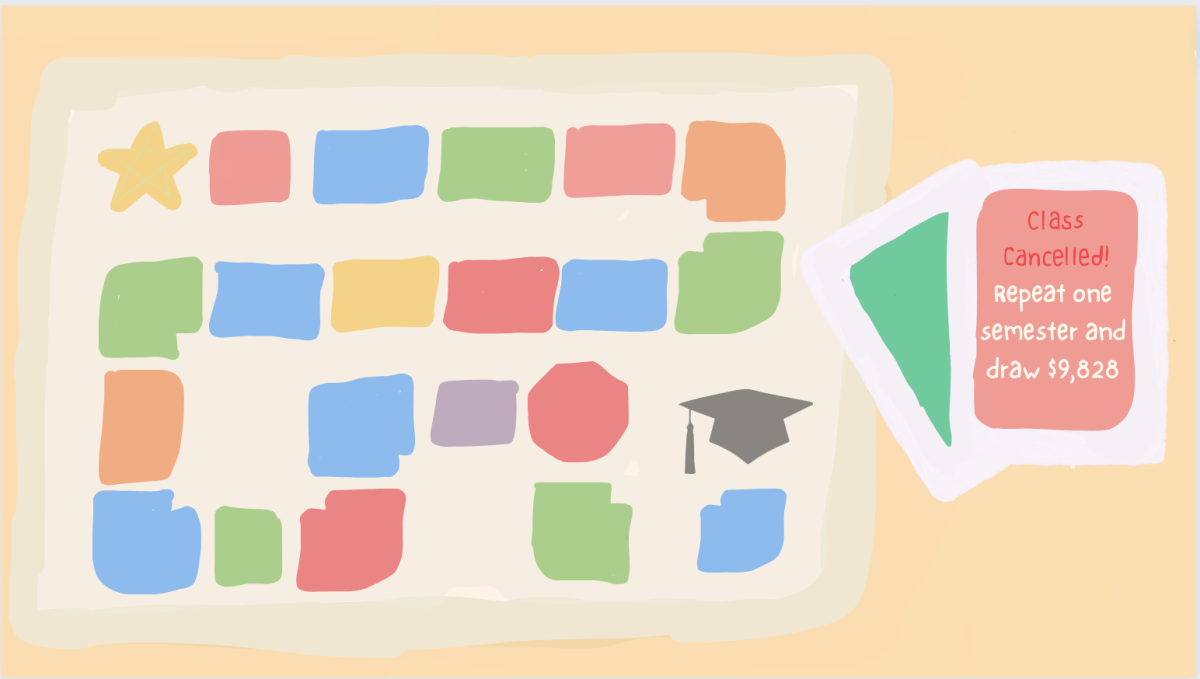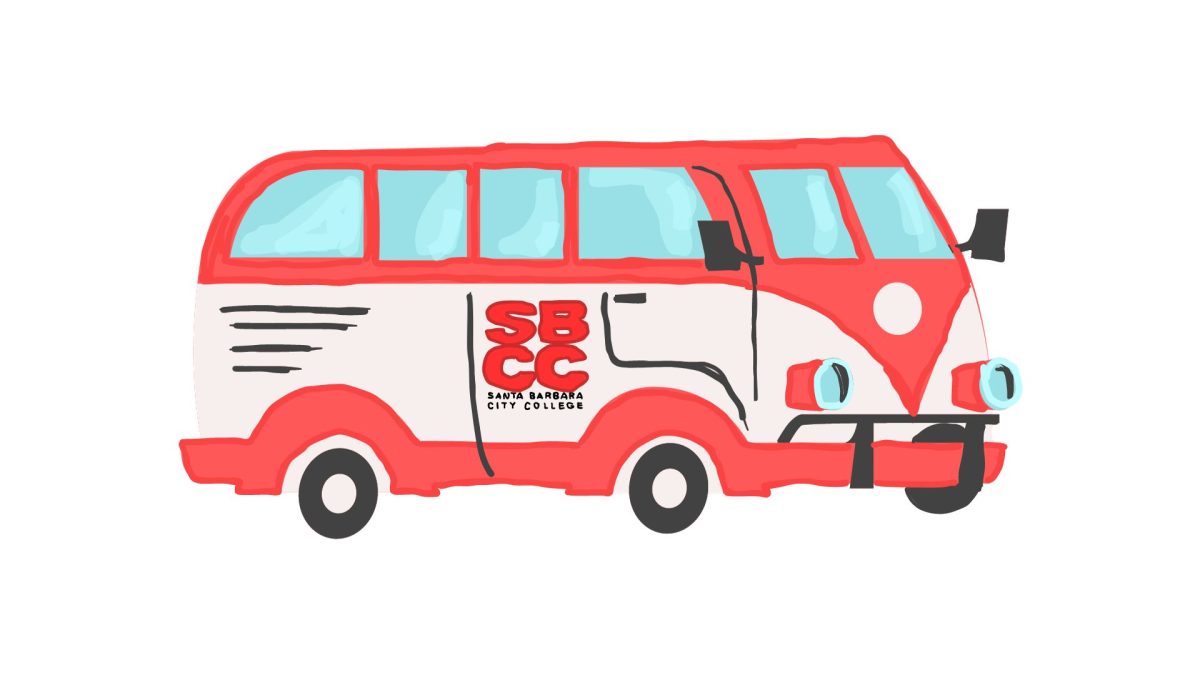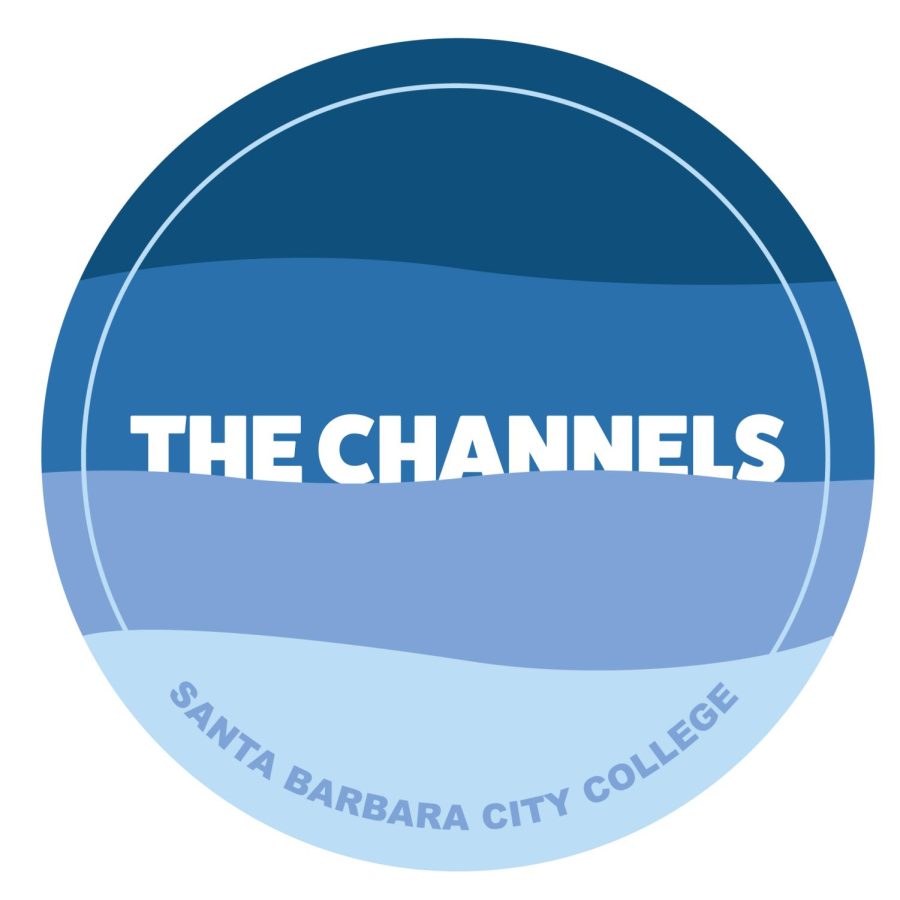It’s that time of year again; summer is approaching and many City College students are preparing to leave their education in Santa Barbara behind as they transfer onto bigger things.
Of these students, the majority were not able to achieve this goal in the “two-year transfer” City College so famously vouches for.
The Channels Editorial Board believes the two-year transfer concept is a myth at our college because of the disorganized academic counseling program and student confusion on transfer requirements.
This myth is ironic because City College has been named and promotes itself as the No. 1 community college in California.
To make the two-year transfer myth more realistic, City College needs to have a more specific process for explaining requirements to students.
Our students aren’t designated a counselor, and waiting in that cringe-worthy line at the Student Services Building is often pointless. The counselor’s booths sometimes end up closing before students get to their turns.
If students are lucky and do get a counseling appointment, chances are it’ll be a completely different counselor than the student last met with. Students will have to re-explain their entire educational background and goals. This wastes time and ends up resulting in differentiating feedback from the separate counselors they have met in the past.
City College should have assigned counselors to groups of students so that they have a designated individual who knows their stories and can help them reach their goals. Designated general counseling would probably make that long line in the Student Services Building less dreadful too.
Students are expected to come straight out of high school with a complete understanding of their educational paths. They need to know the number of units they are required to take and which classes count towards the universities they want to apply to for the two-year transfer concept to be realistic.
It’s a necessity that high school graduates wanting to transfer “on time” know exactly what they want to major in and which prerequisites they need to take. Many freshmen who didn’t take advanced placement classes in high school don’t realize they won’t transfer in two years if they don’t trade chunks of their Summer Break for City College classes.
For the students who don’t have a prior understanding to the transfer units and requirements, the college throws us the Intersegmental General Education Transfer Curriculum worksheet.
This fine-print document came straight out of a horror film.
Can it be any more confusing to recent high school graduates? Readers are lying if they say they understood this right off the bat the first time they looked at it.
At the top of the worksheet it states that the most recent version was updated during the 2012-13 school year. It’s about time for an update.
It would be much more transparent to have a packet so that the font could go up a couple points and students could put down their reading glasses. The worksheet also only gives us abbreviations and not specific course titles, seemingly because there isn’t any room on the single-page sheet.
The document also throws in old classes City College hasn’t offered in years. Those outdated classes should have their own page to make the curriculum clearer to students using it as a reference.
A lot of students undeniably get sucked into the college lifestyle and put school on the backburner, thinking that City College is a guaranteed two-year stop. But nothing is guaranteed here. There is a lot of hard work and conceptual understanding that goes into transferring from City College. Although the motivated students who are one step ahead of the game can make it happen in two years, the numbers don’t lie.
There needs to be change for the two-year transfer myth to become a reality at City College.
Thankfully the college is taking steps in the right direction. City College was selected to participate in the California Guided Pathways Project. This project provides students with the opportunity to develop a structured plan, guiding them through college in the direction they wish to pursue.
The Channels Editorial Board is pleased that the Board of Trustees supported this project earlier this semester and can’t wait to see future students take advantage of it.
Hopefully this project is a guided step towards the right direction in fulfilling this myth.












